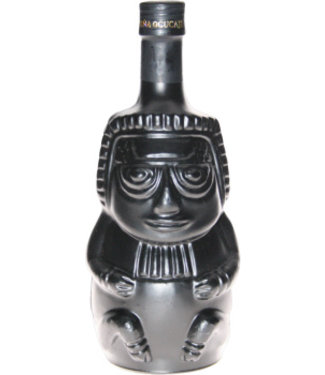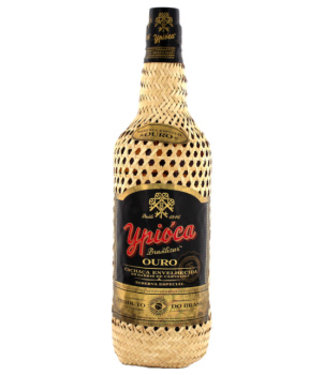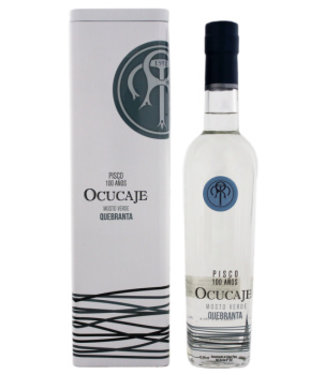Pisco
What is Pisco?
Pisco is a type of brandy that is produced in winemaking regions of Peru and Chile. The name "pisco" comes from the Quechua word for bird, which is also the root word for the city of Pisco in Peru.
Pisco is made by distilling wine into a high-proof spirit. The finished product is typically between 40 and 45 percent alcohol by volume (80 to 90 proof). Pisco must be bottled immediately after distillation and cannot be aged in barrels like other types of brandy.
Peruvian pisco is typically made from a blend of eight different grape varieties, while Chilean pisco is usually made from a single variety of grape. Both countries produce pisco that ranges in color from clear to amber.
Pisco can be enjoyed on its own or mixed into cocktails.
The history of Pisco
Pisco is a brandy made in Peru and Chile. It has been made since the 16th century, when Spanish settlers brought grapevines to the region. The name "pisco" comes from the Quechua word for bird, which is what the early Peruvians called the Spanish conquistadors.
Pisco is made by distilling wine made from Moscatel or Quebranta grapes. The wine is distilled in pot stills and then aged in glass or ceramic containers for at least three months. After aging, the pisco is bottled without filtering or adding any other liquids.
Peru and Chile both claim to be the rightful home of pisco, and each country has its own unique style of production.
How to drink Pisco
When enjoying pisco neat, it is important to pour a small amount into a glass and smell it before taking a sip. This will help you to appreciate the complexities of the drink. Take small sips and let the pisco linger on your palate before swallowing.
Pisco can also be enjoyed on the rocks. Simply pour pisco over ice cubes in a glass and enjoy. If you find the drink to be too strong, you can add a splash of water or soda water.
Pisco makes for an excellent cocktail base because of its unique flavor profile.










